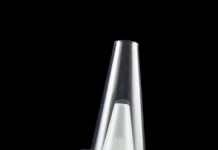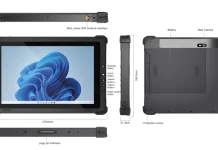Precision turning parts are a crucial component in many industries, from automotive to aerospace to medical devices. These small but essential parts play a significant role in the overall performance and functionality of larger machines and products. To achieve the level of precision required for these parts, manufacturers must employ advanced techniques and machinery.
One of the key aspects of precision turning parts manufacturing is understanding the process of turning itself. Turning is a machining process where a cutting tool is used to create a cylindrical shape by removing material from a workpiece. This process can be done manually, using a lathe operated by a skilled machinist, or it can be automated using CNC (Computer Numerical Control) machines. CNC turning machines use computer-aided design (CAD) software to program the tool path and control the cutting process, allowing for extremely precise and consistent results.
In precision turning parts manufacturing, accuracy is paramount. Manufacturers must ensure that their machines are properly calibrated and maintained to achieve the tight tolerances required for these parts. This involves regular inspection and maintenance of cutting tools, as well as monitoring the cutting process to ensure that the desired dimensions are being achieved. In addition, manufacturers must use high-quality materials for their turning parts to ensure strength, durability, and reliability.

Another important aspect of precision turning parts manufacturing is the selection of the right cutting tools. Different materials require different cutting tools, and manufacturers must choose the appropriate tooling based on the material being machined. Carbide cutting tools are often used for their durability and resistance to wear, while high-speed steel tools are preferred for machining softer materials. Manufacturers must also consider the geometry of the cutting tool, including the rake angle, clearance angle, and cutting edge radius, to ensure optimal performance and accuracy.
In addition to selecting the right cutting tools, manufacturers must also consider the speed and feed rates used during the turning process. The speed at which the cutting tool moves across the workpiece, known as the cutting speed, and the rate at which material is removed, known as the feed rate, both play a critical role in achieving the desired surface finish and dimensional accuracy. Manufacturers must carefully calculate these parameters based on the material being machined, the type of cutting tool being used, and the desired outcome.
Overall, precision turning parts manufacturing is a complex and exacting process that requires a high level of skill, expertise, and attention to detail. Manufacturers must understand the fundamentals of turning, including the cutting process, tool selection, and cutting parameters, in order to achieve the level of precision required for these critical components. By investing in advanced machinery, quality materials, and skilled machinists, manufacturers can produce turning parts of the highest quality that meet the stringent requirements of modern industry.






















![InstaPro APK Download Latest Version 2023 [Anti Ban]](https://olo.my.id/wp-content/uploads/2023/10/instapro-100x70.jpg)